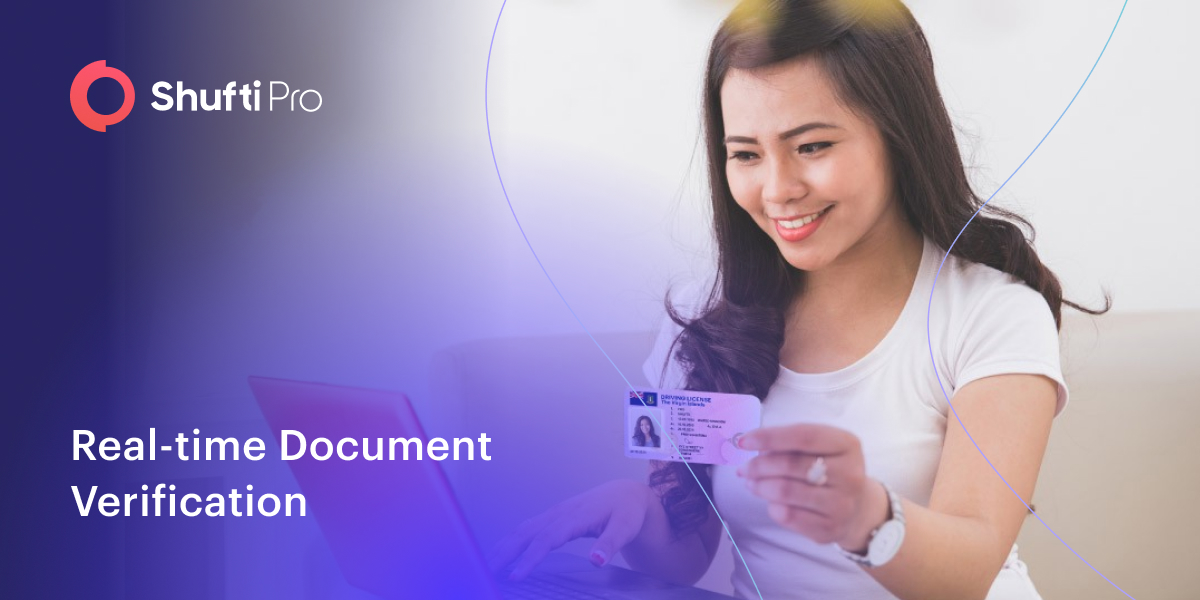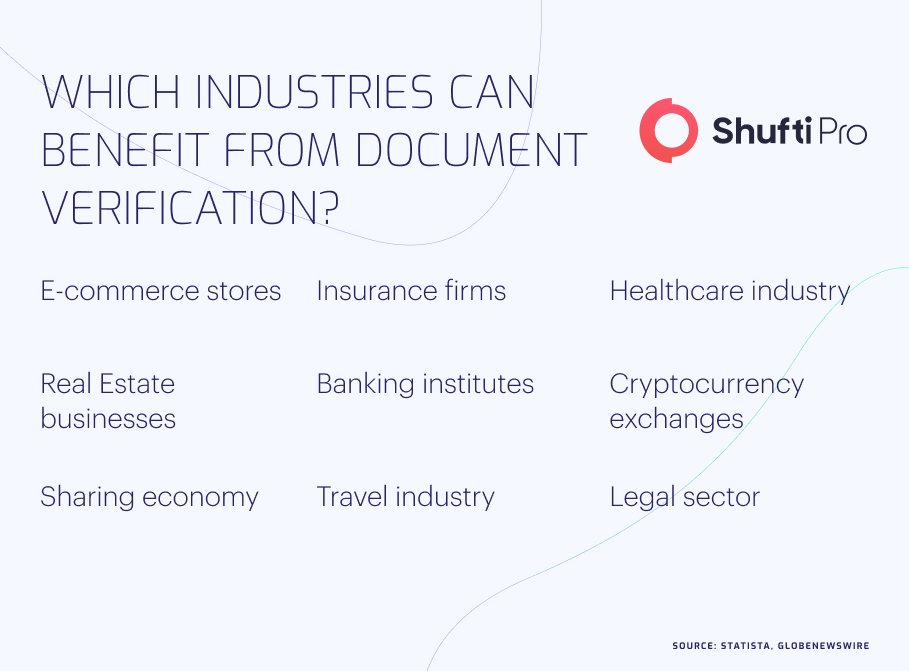Blog, Identity & KYC
How Brexit Impacts UK-based Identity Verification Companies?
Brexit and its ramifications for the UK seem to be the only topic that anyone is interested in Br...
 Explore More
Explore More
Blog
Identity Verification and Prevailing Crimes – How Shufti’s Proof of Verification Services Can Help
With growing digitization, emerging technologies, and increased use of online transactions, a hug...
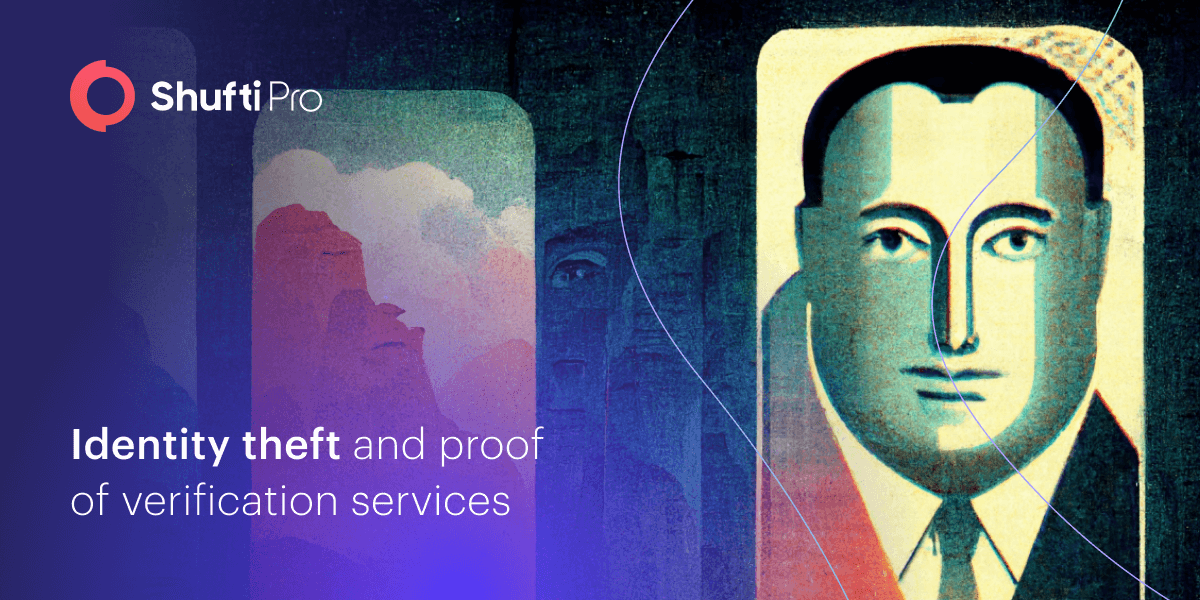 Explore More
Explore More
Blog, Identity & KYC
Online Identity Verification – Why Shufti is Perfect for Digital Authentication
In a short period of time, Shufti has managed to make a significant mark upon the end-to-end ...
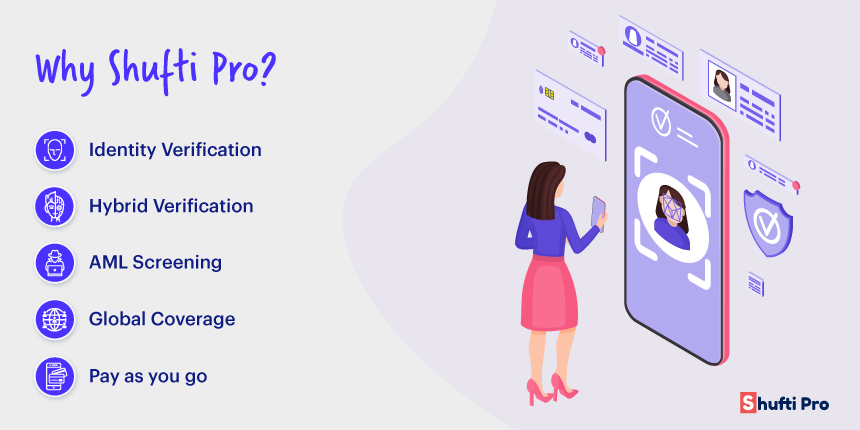 Explore More
Explore More
Blog
Know Your Investor | Sophisticated Investor Verification in Real-Time
In today’s data-driven digital world, organized crime groups and fraudsters have developed more s...
 Explore More
Explore More
Blog
Inside Innovation at Shufti: Visual Heatmaps That Help Instantly Spot Document Tampering
In the complex landscape of identity fraud, the smallest details can make the biggest difference....
 Explore More
Explore More
Blog
AML Compliance in the UK’s Financial Sector – What Shufti Offers
The UK is known in the global financial paradigm for being both a financial hub and the dirty mon...
 Explore More
Explore More
Blog
A Comprehensive Guide to Understanding Ultimate Beneficial Owners (UBOs)
Identifying UBOs and their control over a business is crucial for financial firms to meet regulat...
 Explore More
Explore More
Blog
Shufti Beyond Borders – Customer Experience That Drives Results
About Stanton Brooks
Stanton Brooks is a global customer experience (CX) leader specializing in d...
 Explore More
Explore More
Biometric Technology, Blog
How Liveness Detection is an apt Answer for Facial Spoof Attacks?
The world went haywire on the launch of the new iPhone X; well, to be honest, when does it not? H...
 Explore More
Explore More
Blog
How Does Digital Identity Verification Work For Income Verification
With the help of income verification documents, organisations can restrict the onboarding of high...
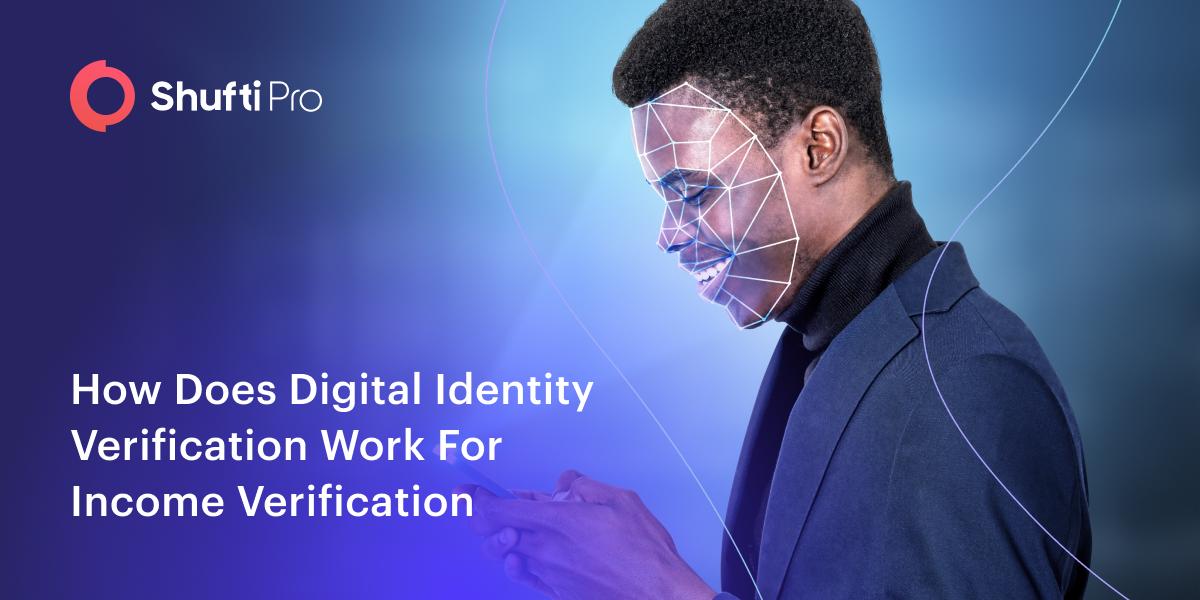 Explore More
Explore More
Blog, Financial Crime / AML
South Korea want Crypto Exchanges to adopt Digital KYC and AML Compliance
South Korea is soon going to adopt regulatory measures to bring in crypto exchanges under regulat...
 Explore More
Explore More
Blog
A Basic Guide to Smurfing and the Role of AML in Combating It
Scammers employ various strategies to conceal illegally acquired funds, and one increasingly prev...
 Explore More
Explore More
Blog
How Businesses Can Avoid Identity Verification Fraud in 2019?
With a bulk of customers using online services, businesses wish to digitise their operations and ...
 Explore More
Explore More
Blog
OCR Solution: A Must-have for Every Business to Automate Workflows
Moving documents and files from one format to another is necessary during transactions and busine...
 Explore More
Explore More
Blog
Sim Swap Fraud: A new battle in the war of your Identity
In our connected world, we are using mobile devices for communication, work, banking, and enter...
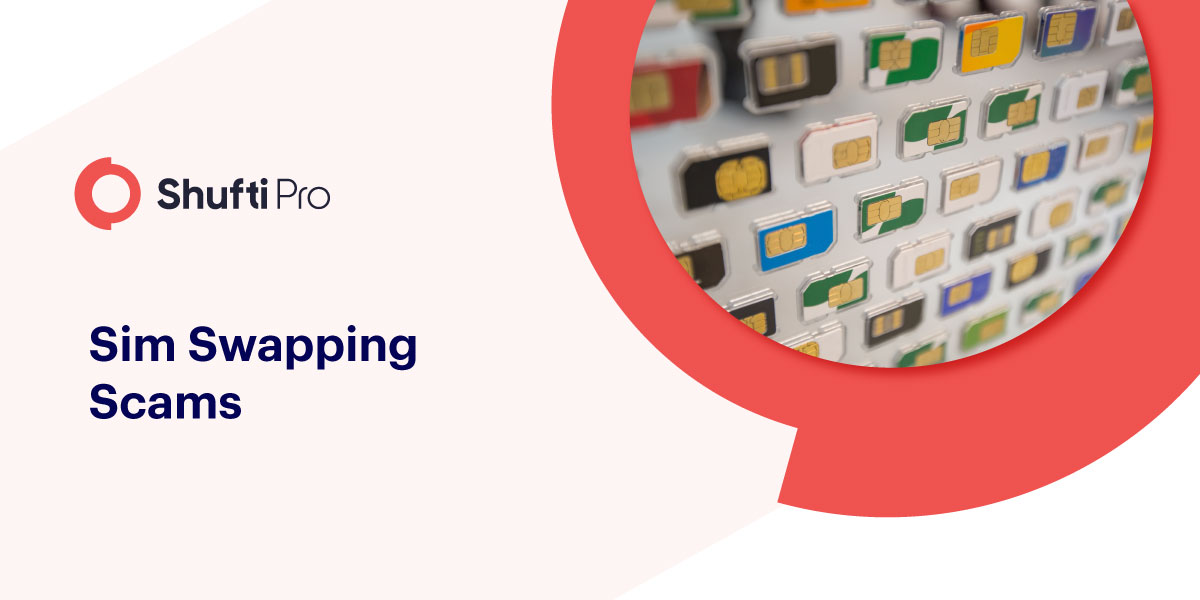 Explore More
Explore More
Blog
Know Your Investor (KYI) – Identifying and Eliminating Russian Sanctions Evaders
For quite some time, wealthy Russian businessmen and oligarchs have been investing their money in...
 Explore More
Explore More
Blog
Customer Due Diligence – Risk Scoring of Fraudsters to Prevent Crimes
As per the research of The Journal of Accountancy, fraudsters carry out crimes for two reasons: n...
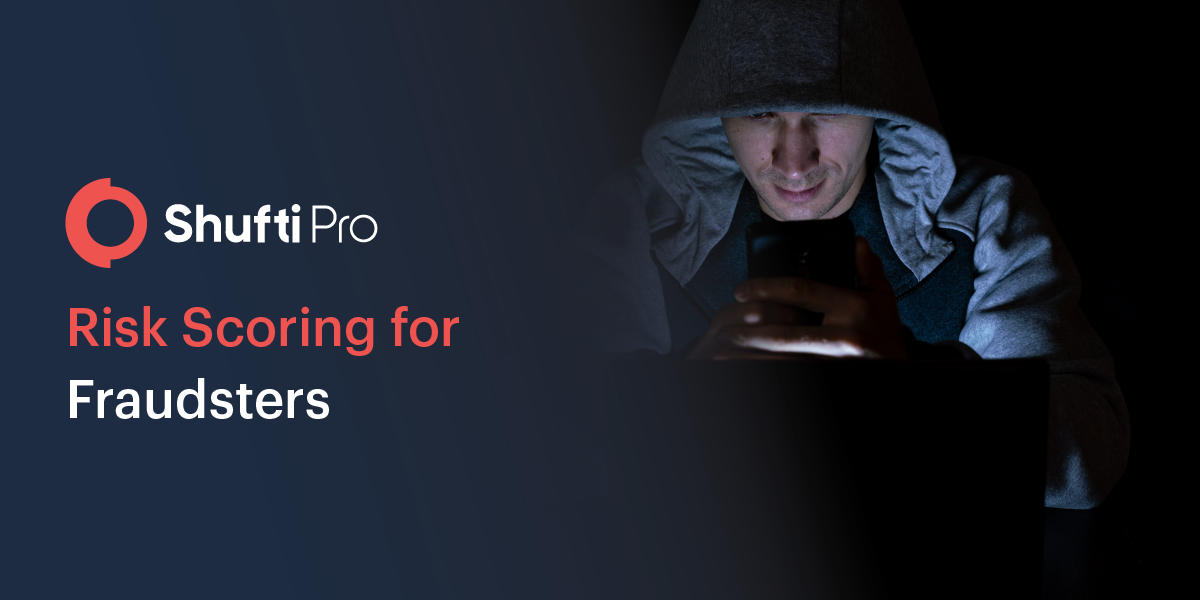 Explore More
Explore More
Anti Money Laundering, Blog, Business Technology, Financial Crime / AML, Fraud Prevention, Identity & KYC
Initial CCPA Compliance Costs Could Hit $55 Billion: Report
According to an economic impact assessment prepared for the state attorney general’s office by an...
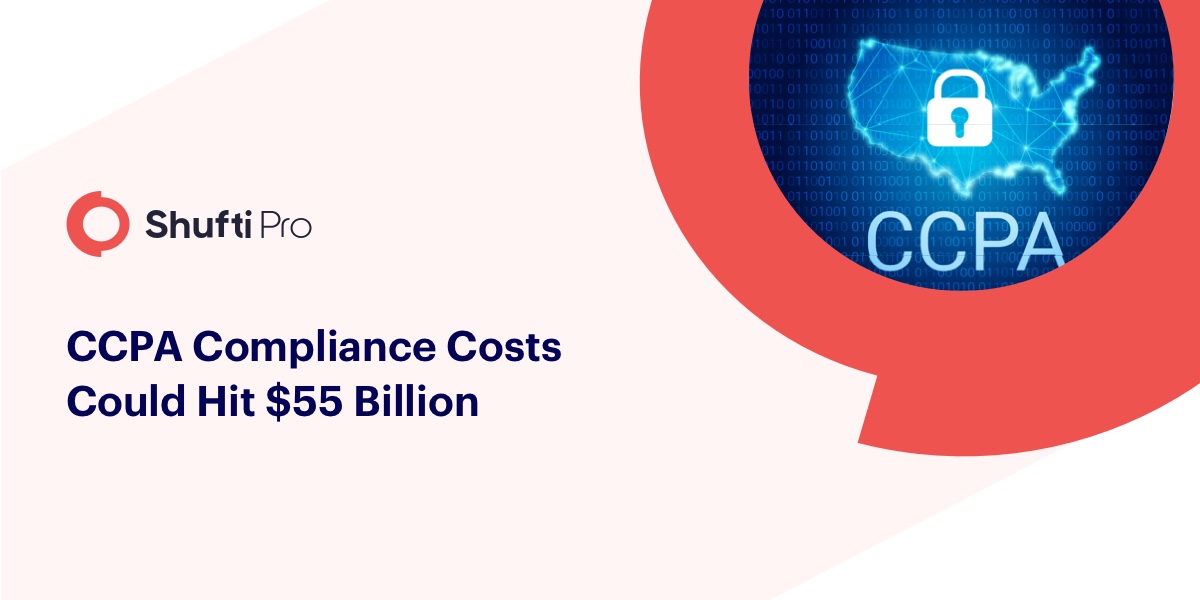 Explore More
Explore More
Blog
The Evolution of AML Compliance from Checkbox to Risk-based Approach
Financial institutions are exposed to several money laundering threats, as criminals today are we...
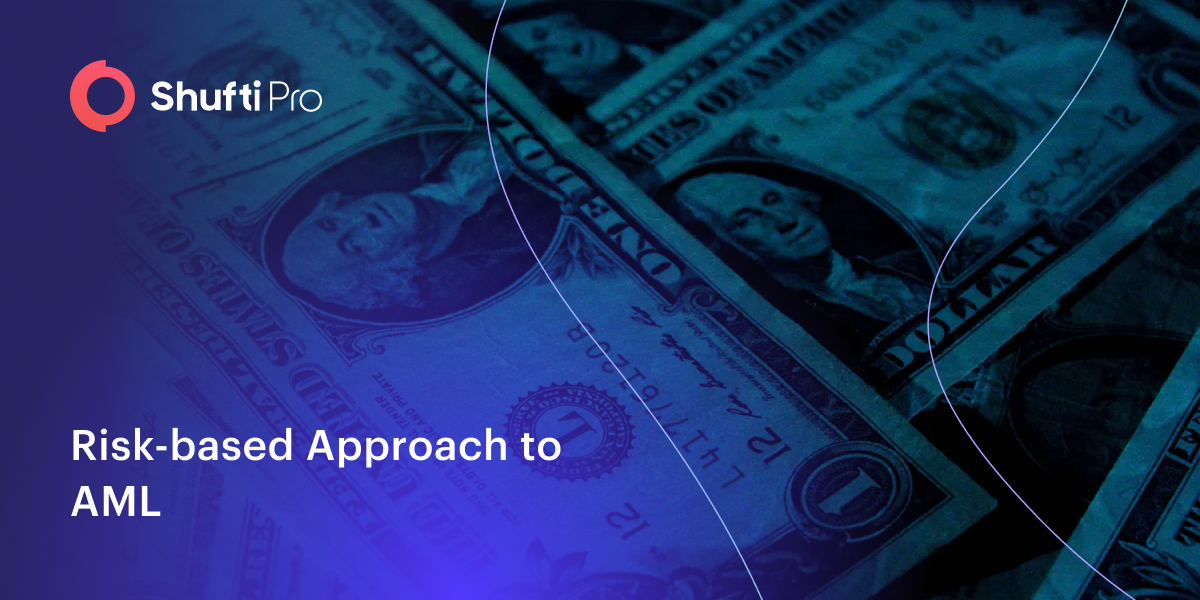 Explore More
Explore More
Blog
Ensuring KYC/AML Compliance In Cryptocurrency Firms – The Role of Shufti
With emerging technologies in the financial industry, cryptocurrency is picking up the pace, and ...
 Explore More
Explore More
Blog
Investor Onboarding | Navigating the Challenges of Digitization
Private market companies are setting their sights on retail investors and exploring technology an...
 Explore More
Explore More
Blog
Biometric Facial Recognition – Combating Identity Fraud with Shufti’s IDV Solution
Since knowledge-based authentication and passwords were first introduced, security systems in ban...
 Explore More
Explore More
Blog
Securing Business Operations with Address Verification in 2024
A key component of enhancing customer service and reducing fraud is gathering and validating addr...
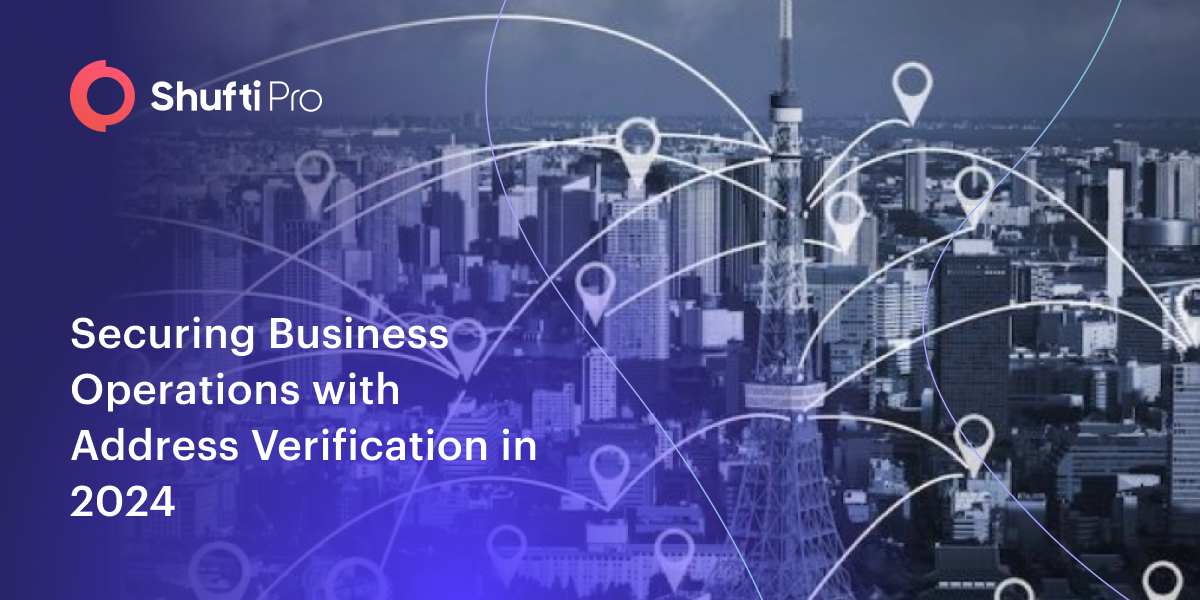 Explore More
Explore More
Blog
KYC in Crypto Exchanges – Hitting the Nail on the Head
A few years back, startups related to ICOs (Initial Coin Offerings) were in full swing, driving t...
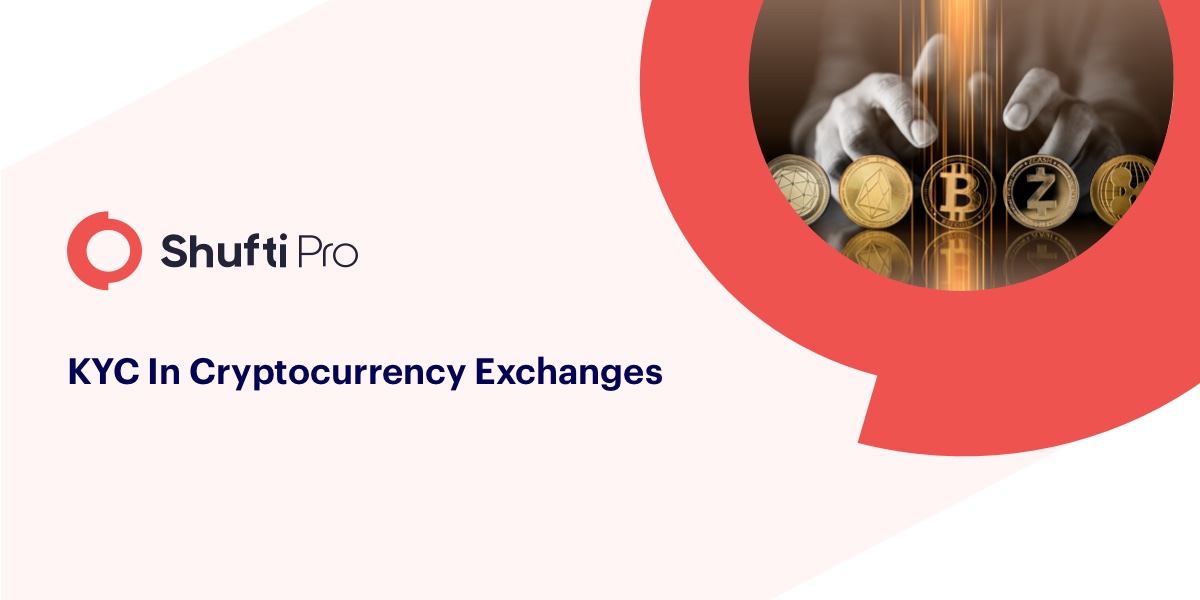 Explore More
Explore More
Blog
The need for identity verification solutions spiking in demand
At present, we are living in a digital world. Everyone is on the internet which is an anonymous s...
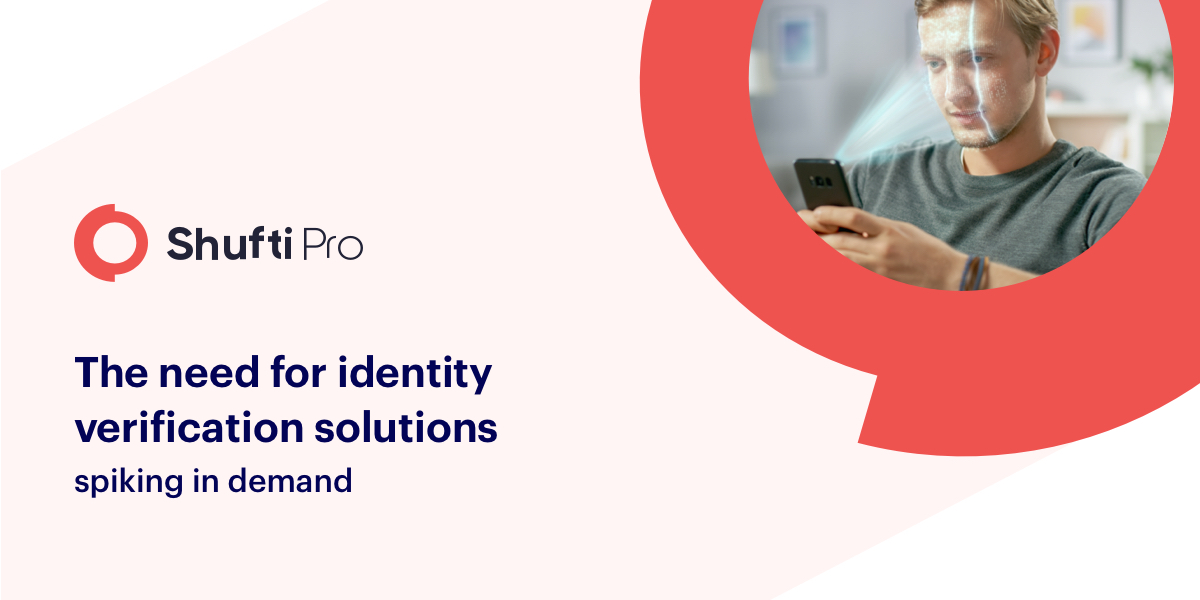 Explore More
Explore More
Blog
Politically Exposed Person – An unsaid threat to Businesses
A politically exposed person or PEP is the one who has been assigned to perform prominent public ...
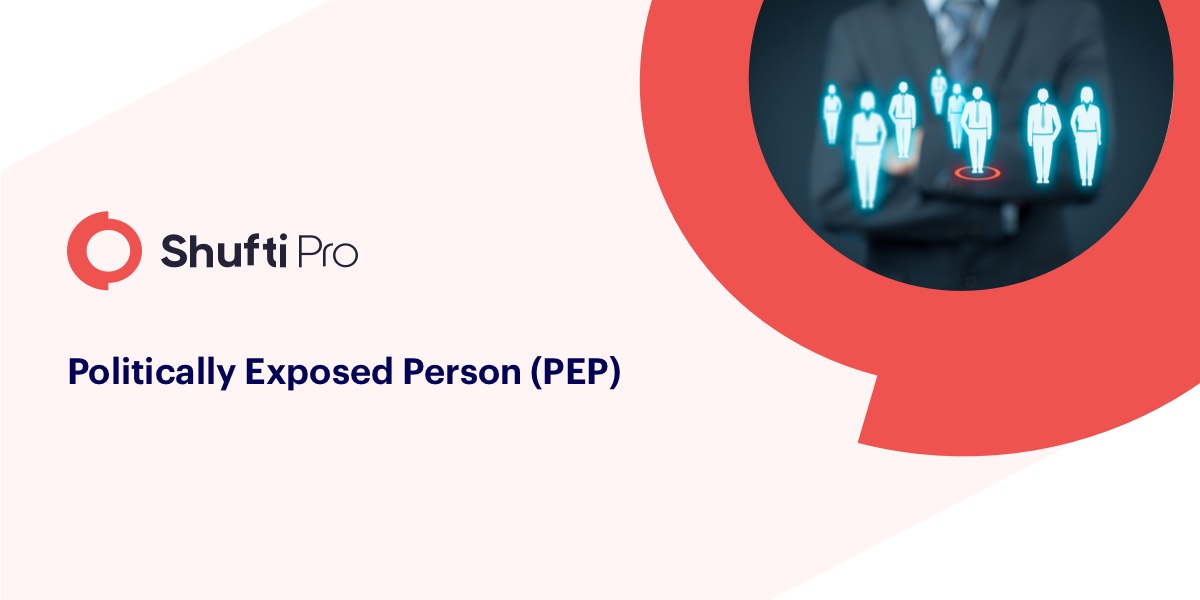 Explore More
Explore More
Blog
Lithuania’s AML Regulations – How the EU’s FinTech Hub Prevents Financial Crime
Emerging FinTech firms around the world spend almost one-third of their overall budgets on develo...
 Explore More
Explore More
Blog
Protect Your Business Against Identity Theft with Face ID Check
The efficacy of biometric authentication becomes questionable in the face of facial ID checks. It...
 Explore More
Explore More
Blog
DSAR Under GDPR and CCPA – Understanding the Key Differences
Data protection is one of the key concerns of organisations these days. For the same reason, data...
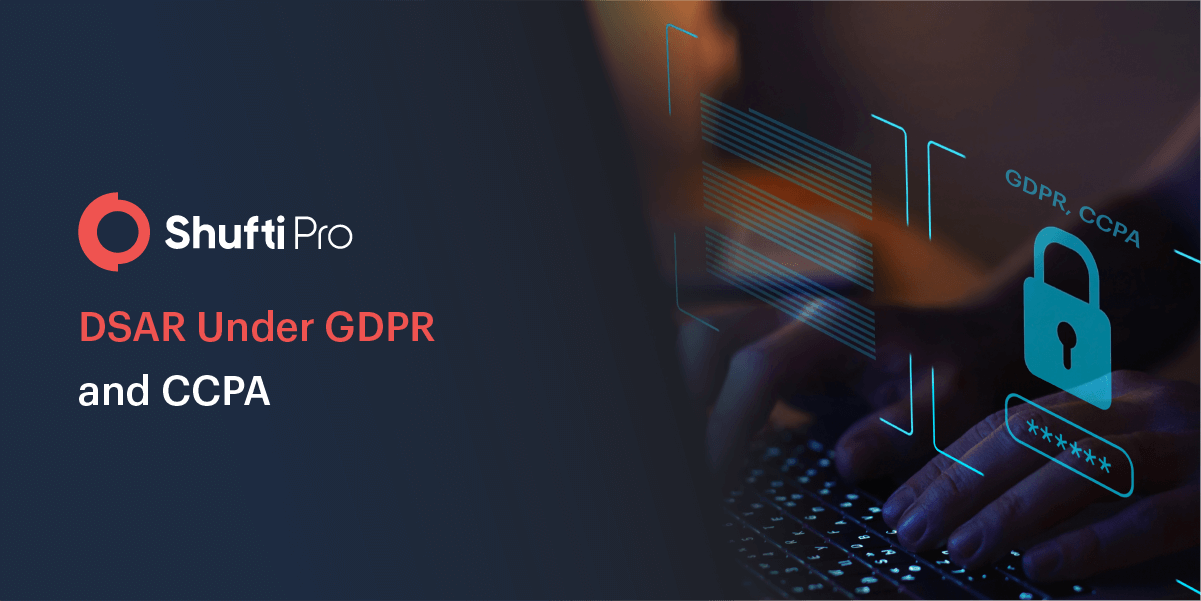 Explore More
Explore More
Blog
Overcoming the Challenges of Proliferation Financing with AML Screening Solutions
On September 23rd, the 2021 UK NRA (National Risk Assessment) was published as part of the govern...
 Explore More
Explore More
Blog
Adverse Media Screening Requirements and Why Do FIs Need It?
The financial services industry is under a lot of regulatory requirements recently, and for all t...
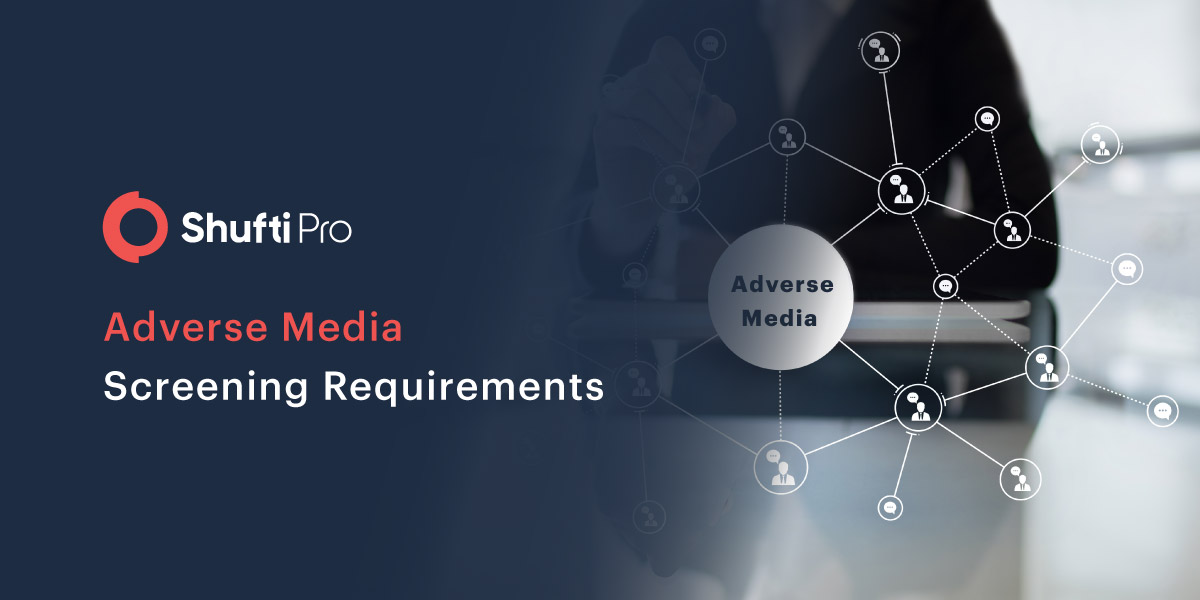 Explore More
Explore More
Blog
Two-Factor Authentication – A Firewall Against Social Engineering Attacks
Businesses and financial institutions around the globe often report concerns of financial crimes ...
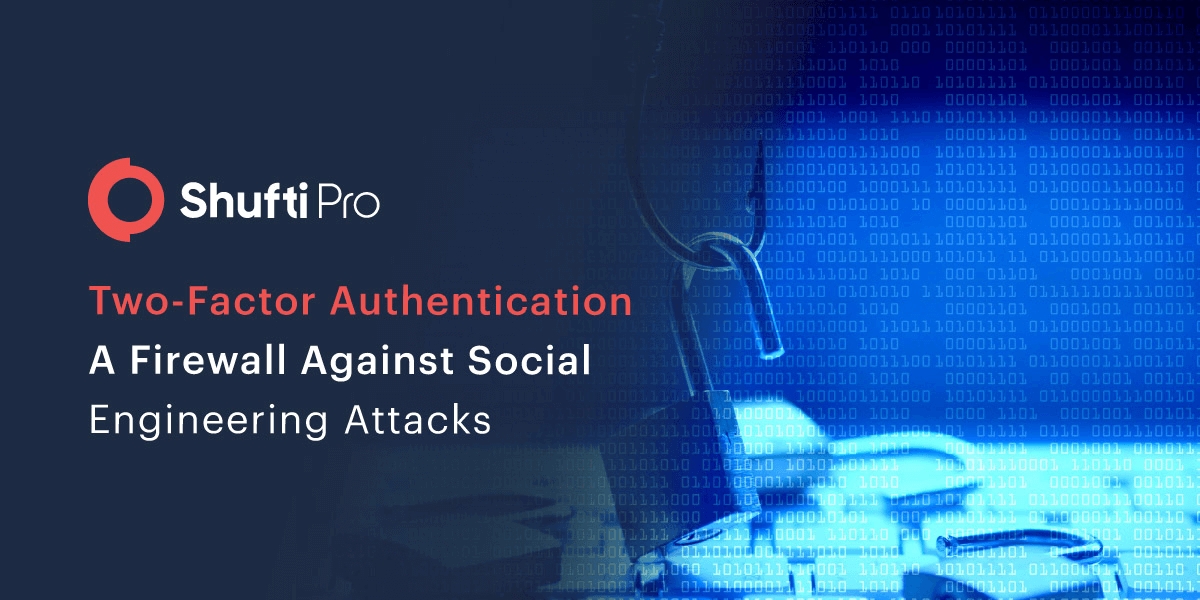 Explore More
Explore More
Blog, Online Marketplace
Industrial significance of KYC / AML Compliance in 2019
As the type and amount of fraudulent activities have increased over the years, governments and re...
 Explore More
Explore More
Blog
Top 5 Challenges in Online Identity Verification
The online ecosystem of identity management is more dynamic than ever before. It’s a flexible and...
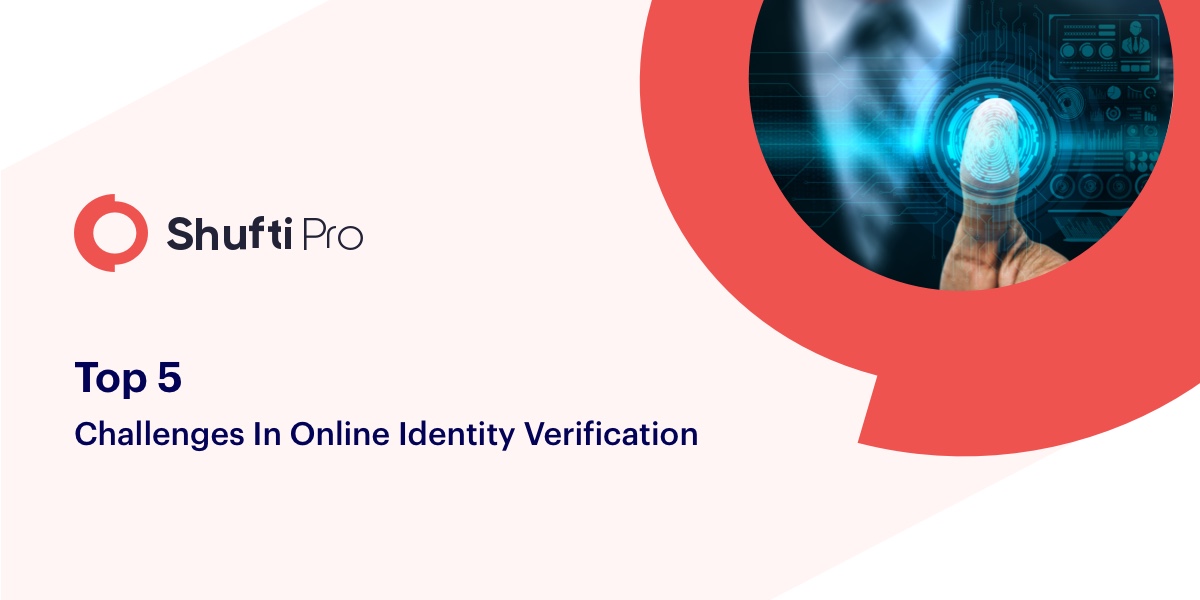 Explore More
Explore More
Blog, Online Marketplace
How AI is Transforming Fraud Prevention in the Healthcare Industry
KYC For HealthCare: Fraud is so common that there is hardly any industry that hasn’t had to bear ...
 Explore More
Explore More
Blog
Debunking the Top 5 Misconceptions about KYC Compliance
Know Your Customer (KYC) compliance suffers from the issue of unintentional secrecy. Businesses h...
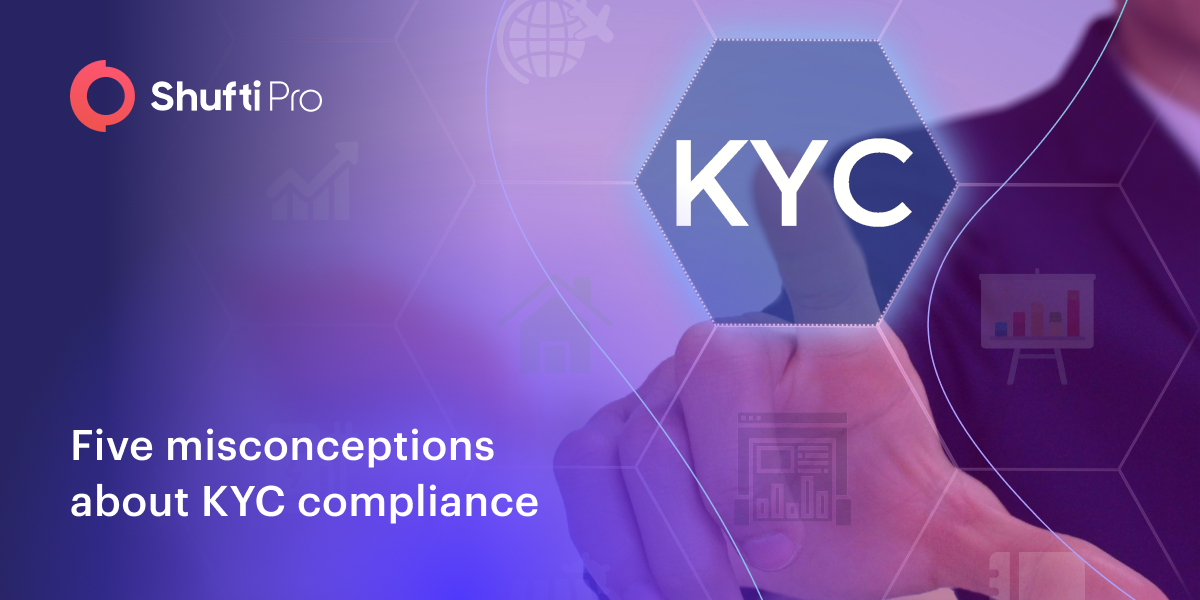 Explore More
Explore More
Blog, Online Marketplace
The Urgency for Know Your Customer’s Customer (KYCC) in Businesses
It is not just the financial services sector that is required to comply with anti-money launderin...
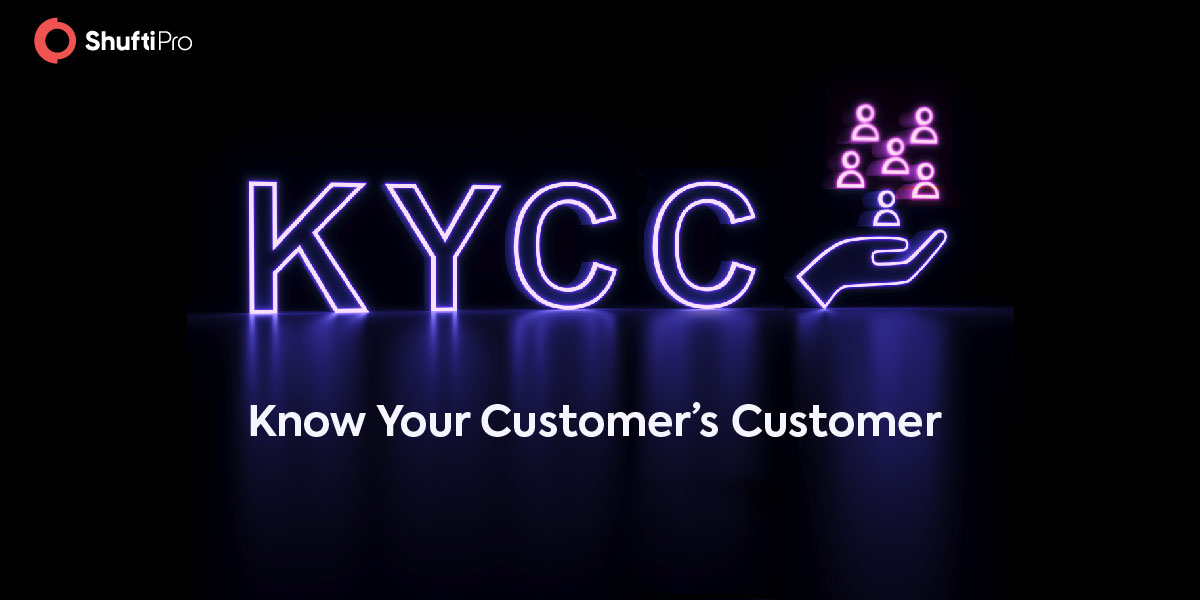 Explore More
Explore More
Blog
The Role of KYC Protocols in Safeguarding the Future of Cryptocurrency
Despite volatility in the crypto sector, millions of individuals access their services worldwide....
 Explore More
Explore More
Blog
Top 13 Cybersecurity Predictions for 2020
Cybersecurity threats are ostensibly ubiquitous in this internetworking infrastructure. Internet-...
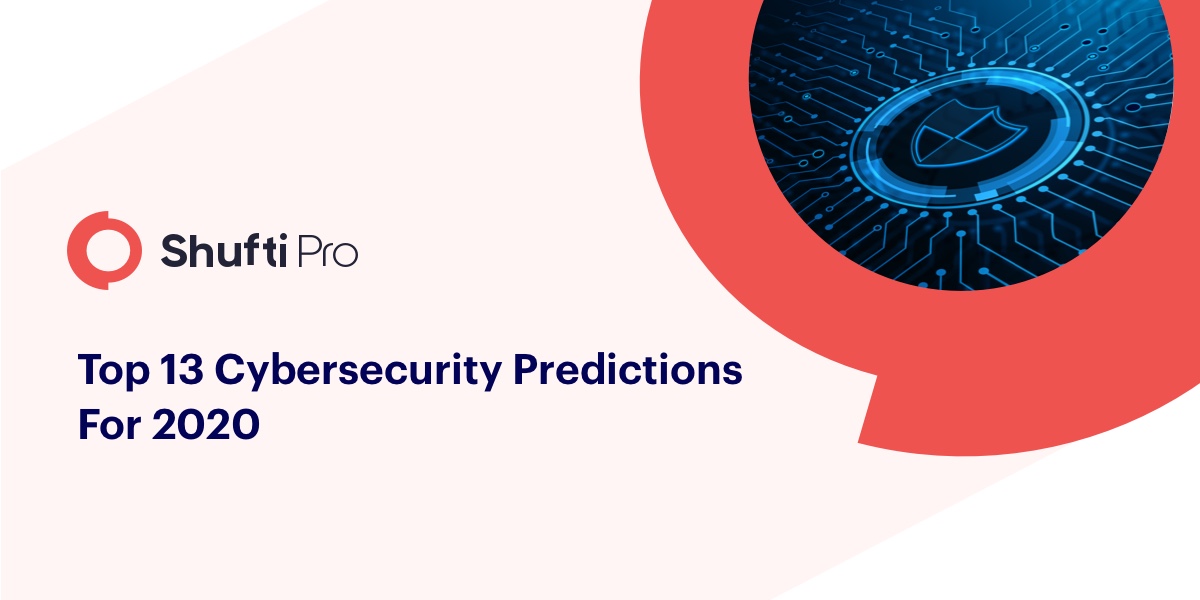 Explore More
Explore More
Blog, Online Marketplace
How Mobile KYC will revolutionize the Digital World?
Mobile KYC is the next frontier in Identity Verification services allowing greater access to busi...
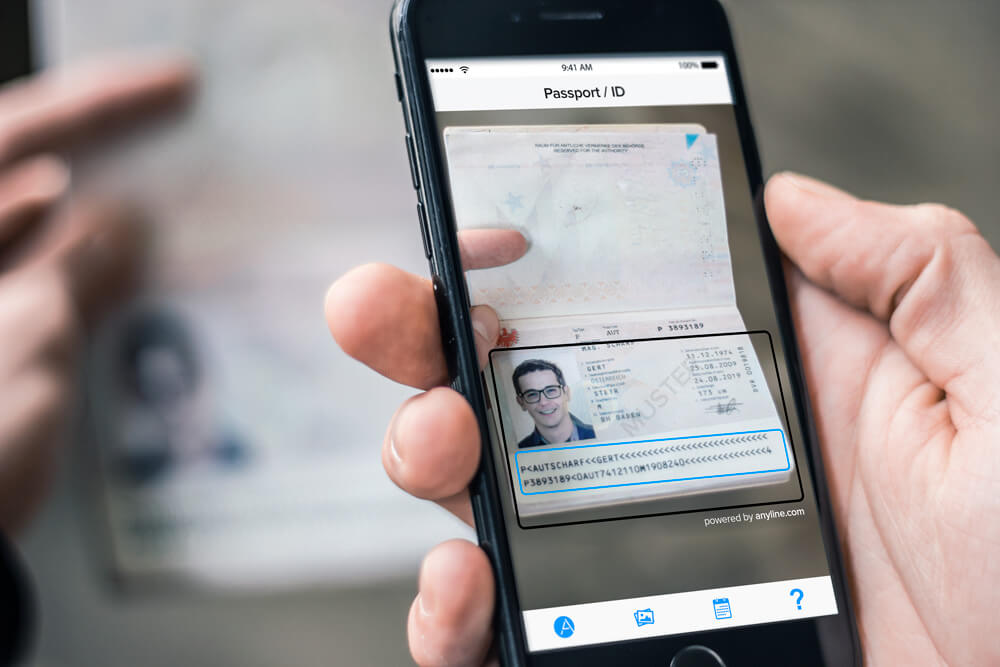 Explore More
Explore More
Blog
The Truth Around DeFi Compliance – Bridging the Transparency Gap
Financial markets around the world have seen increased popularity with the advent of decentralise...
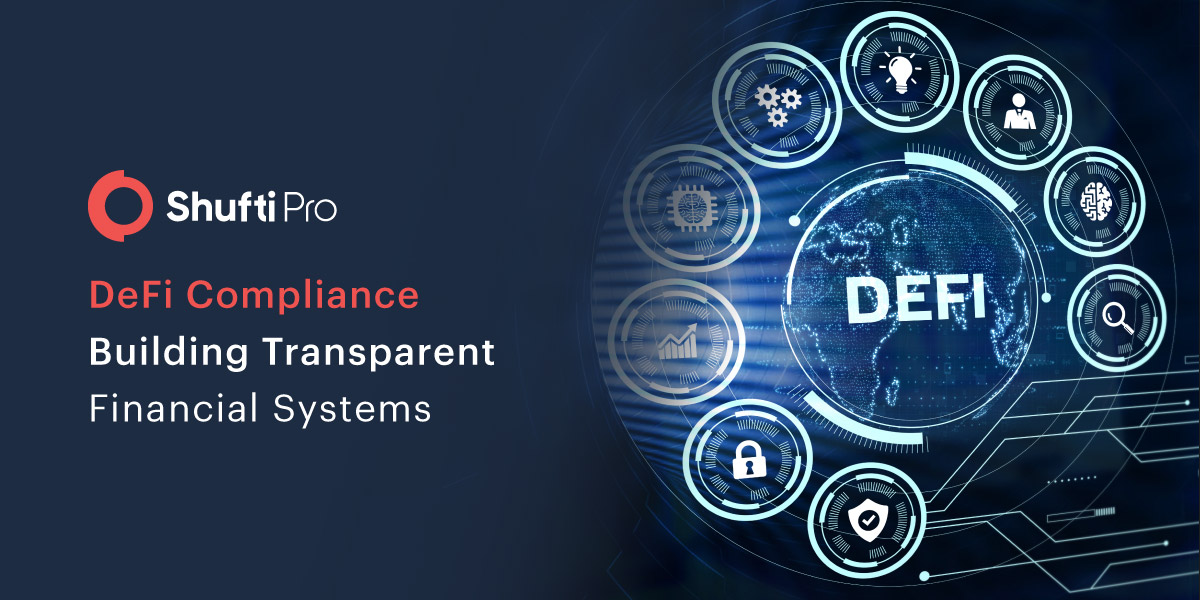 Explore More
Explore More
Blog
10 Reasons Why Businesses Should Choose Shufti
Started in 2017, Shufti Ltd. has attained a lot of success. Within three years, we have onboa...
 Explore More
Explore More
Blog
Smart Growth in Uncertain Times: Powered By Shufti
Just five years ago at the onset of the COVID-19 pandemic, the global economy was struck by the h...
 Explore More
Explore More
Blog, Identity & KYC, Reg Tech
RegTech: The Case for Financial Inclusion
The FinTech industry has grown tremendously in recent years, introducing both scale and efficienc...
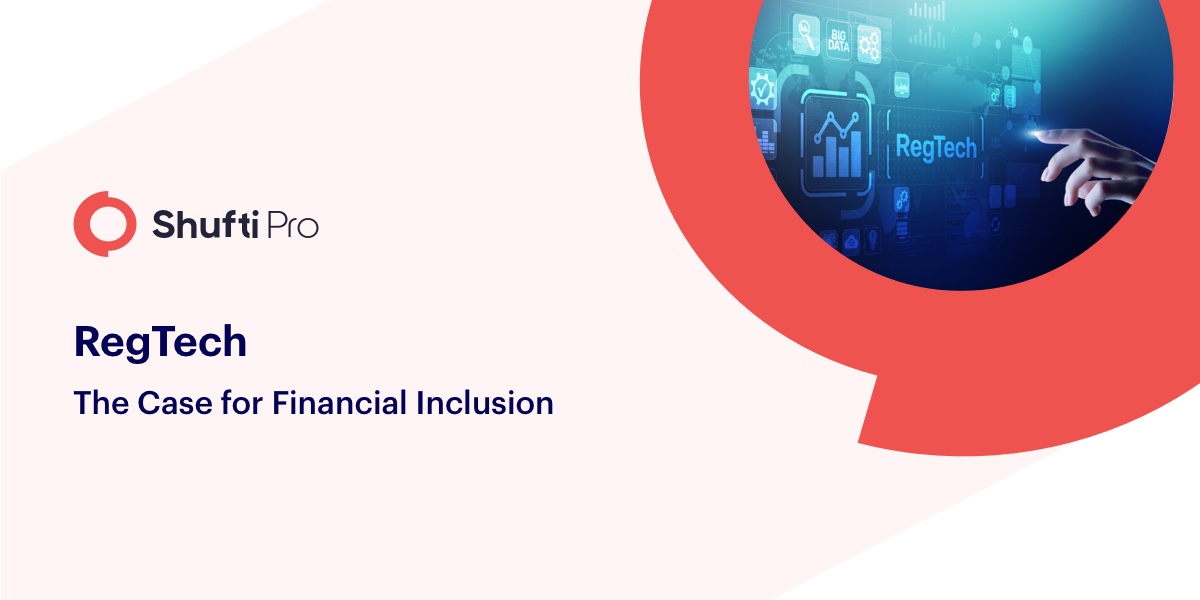 Explore More
Explore More
Blog, Financial Crime / AML
What is PEP Compliance and Why do Financial Institutions Need it?
For Politically Exposed Persons (PEPs), an inter-governmental body established in 1989, Financial...
 Explore More
Explore More
Blog
Contact-free ID authentication – combating fraud during COVID-19 outbreak
Coronavirus outbreak, which was initially thought of as some sort of common flu in the Chinese ci...
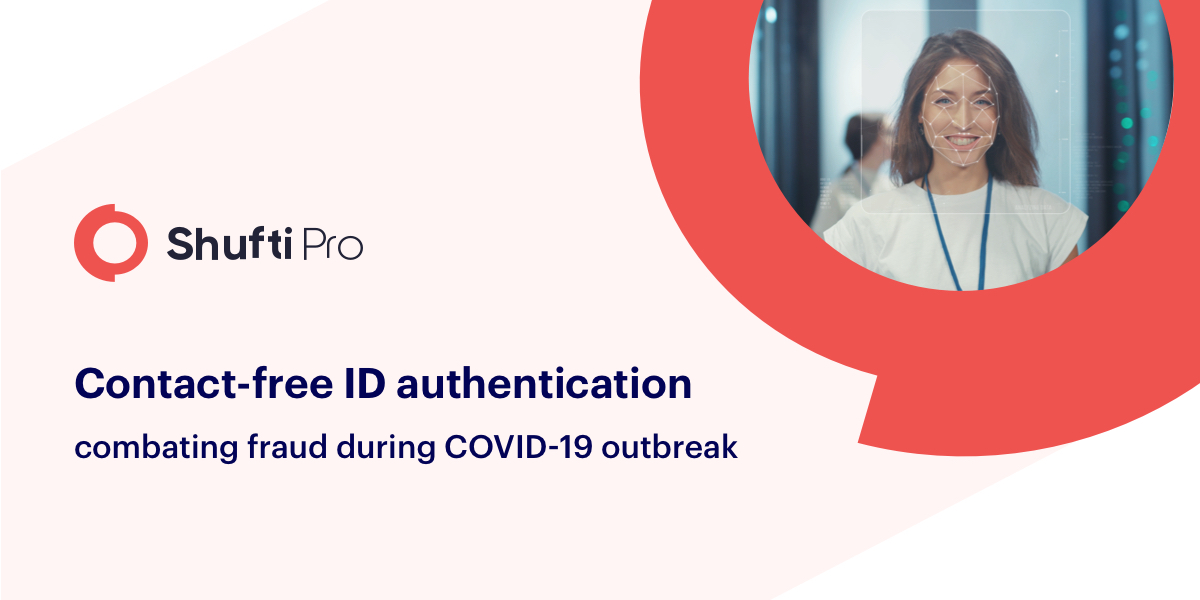 Explore More
Explore More
Blog
Understanding AML Sanction Lists: Key Global Regimes and their Importance
Sanction lists are expanding regularly and sanctions imposed by different authorities do not alwa...
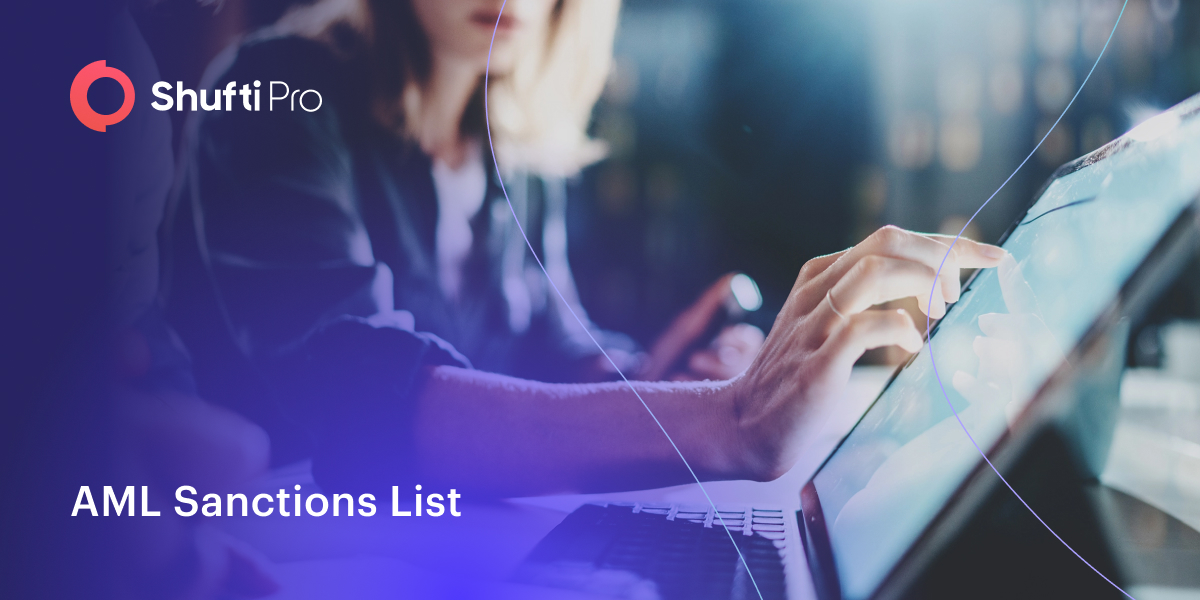 Explore More
Explore More
Blog, Identity & KYC
ICOs and KYC Compliance
With the surge in digitalisation of payments and crowdfunding; the need to set proper standards f...
 Explore More
Explore More
Blog
Video KYC (VKYC) | Identity Verification and Fraud Prevention
In the last few years, the verification industry has experienced remarkable expansion. As our tec...
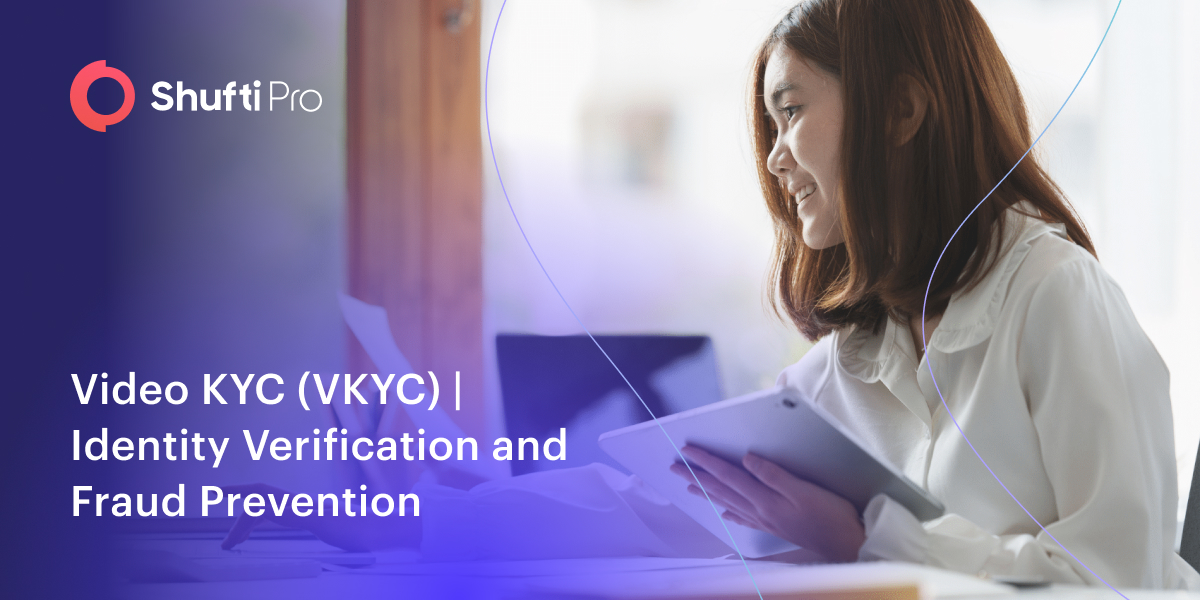 Explore More
Explore More
Blog
COVID-19 pandemic turning into a financial crime threat
A few months back when the World Health Organization (WHO) declared coronavirus a “pandemic” it l...
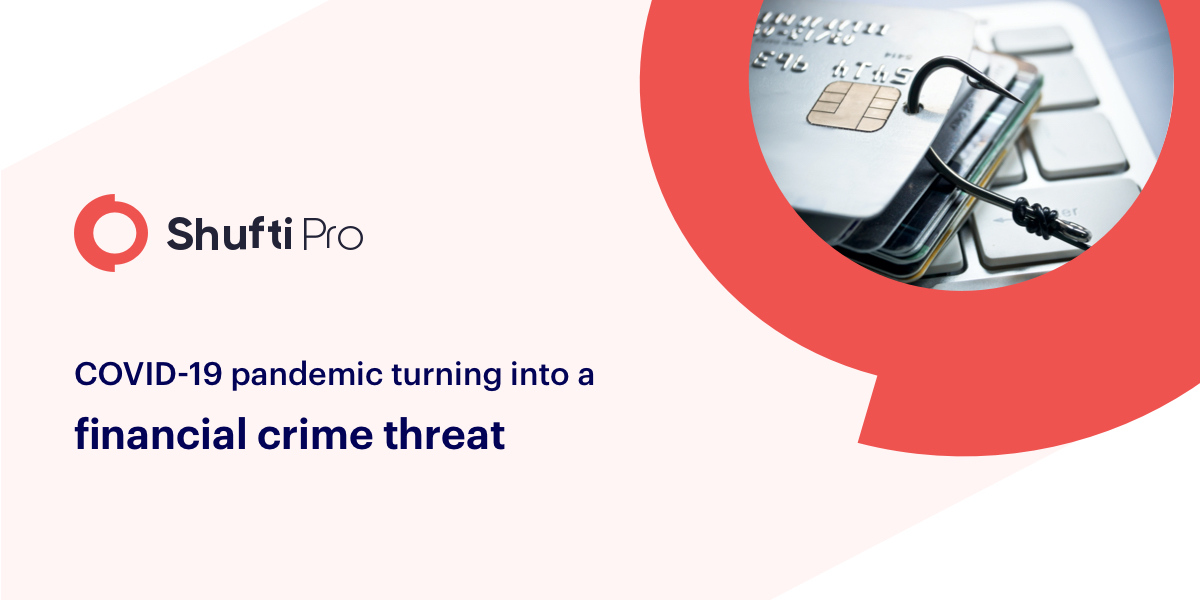 Explore More
Explore More
Blog
Rise of Money Laundering in UAE – How Financial Institutions Can Comply with New Regulations
The UAE certainly earned its spot in the top 10 global financial centers with unprecedented growt...
 Explore More
Explore More
Blog
UAE’s Targeted Financial Sanctions (TFS) – How Shufti Can Help Ensure AML Compliance
Money laundering has always remained a huge challenge for global economies, and all the major jur...
 Explore More
Explore More
Blog
Open Banking Trends & the Vitality of Identity Verification
With rapid digitisation, open banking is becoming the new normal in the banking sector. Open bank...
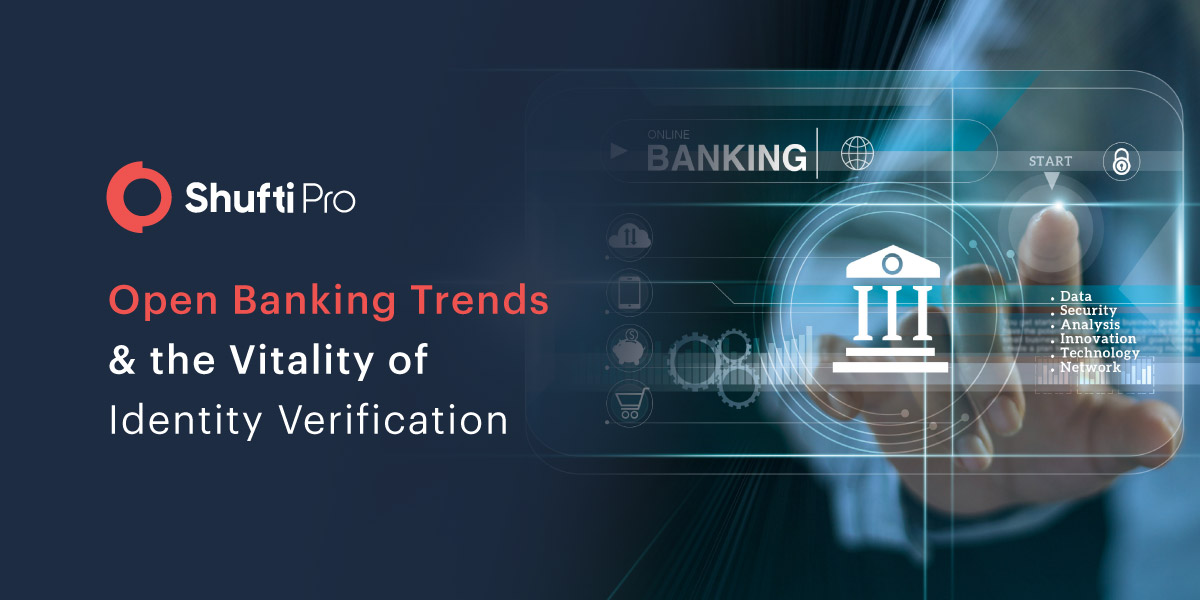 Explore More
Explore More
Blog, Reg Tech
Effect of the Amendment to the FINMA Compliance on IDV Service Providers
In the first quarter of the year 2018, the Swiss Financial Market Supervisory Authority rolled ou...
 Explore More
Explore More
Blog
UK Elections: Photo ID Law Change Raising Concerns for Voters
Law changes bring several hassles for the public and government authorities. The recent photo ID ...
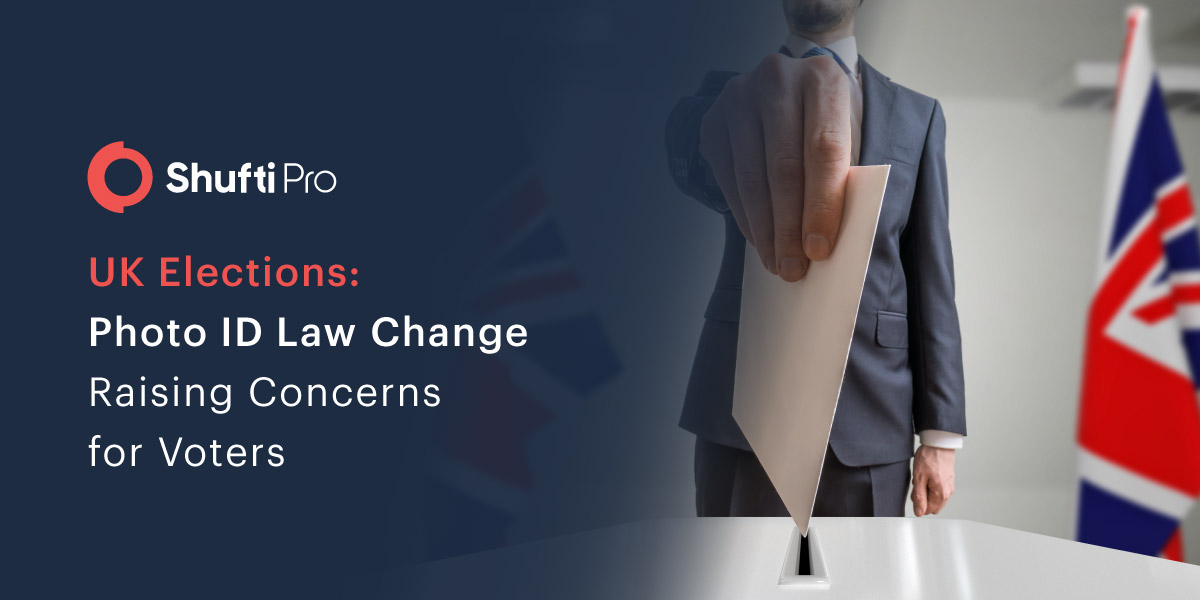 Explore More
Explore More
Blog
Shufti’s Insights on Enhancing Customer Onboarding Experience
The digital world nowadays requires a lot of effort from businesses to ensure customer satisfacti...
 Explore More
Explore More
Blog
Money Laundering & Cybercrime on DeFi Platforms – Ensuring KYC/AML Compliance
As a result of rapid digitization and the emergence of decentralized services, the financial mark...
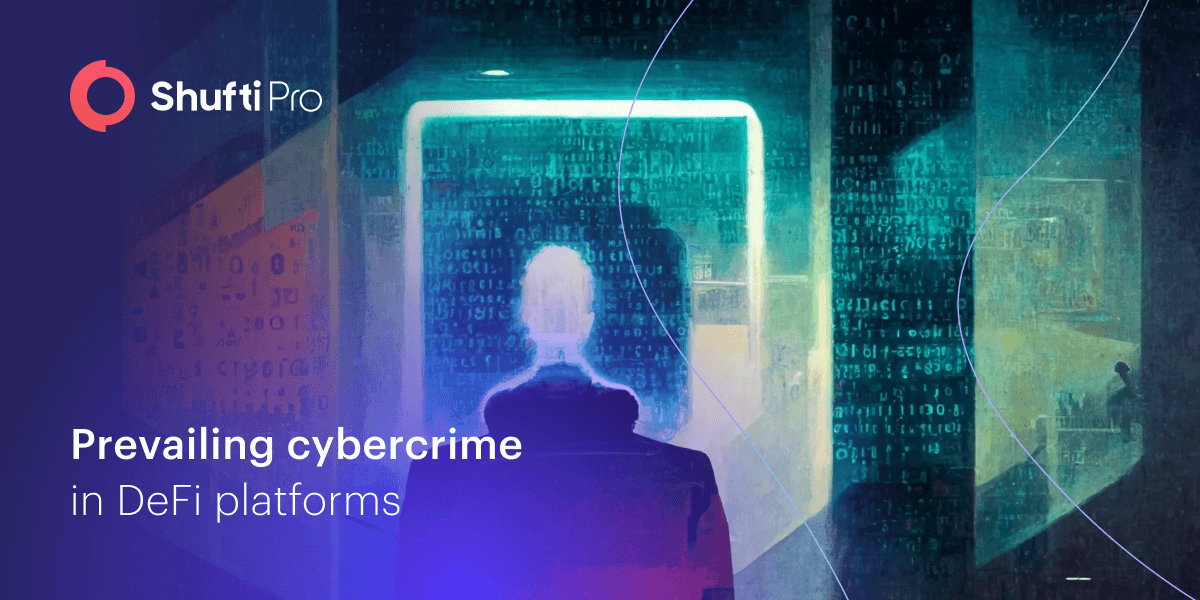 Explore More
Explore More
Blog
Online Age Verification Service: Children’s Digital Privacy amid COVID-19
The meteoric rise in the adoption of digital technology has influenced every phase of modern huma...
 Explore More
Explore More
Blog, Fraud Prevention
Fraud Prevention through Secure Payment Processes
Here’s a question, why do people always say things like “the good days”? The fact is a number of...
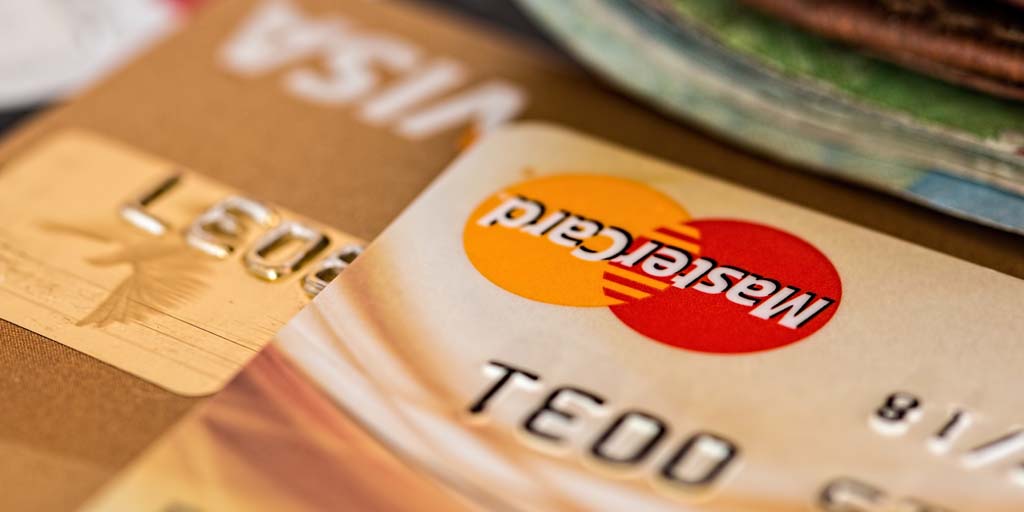 Explore More
Explore More
Blog
Video KYC – Ultimate Solution for Financial Institutions
With social distancing becoming the necessity during the pandemic, more and more companies began ...
 Explore More
Explore More
Blog
Safeguarding Telecommunication Industry with Robust ID Verification Solutions – What Shufti Offers
Technology transformation, growing transactions and global digitisation are increasing the potent...
 Explore More
Explore More
Blog
Customer Due Diligence Checklist – Is Your Business Compliant?
Compliance regulations can be a challenging task for the financial services sector and fulfilling...
 Explore More
Explore More
Blog
Top 5 Cybersecurity Trends to Look Out for in 2022
With 2022 just around the corner, new developments in cybersecurity are already beginning to take...
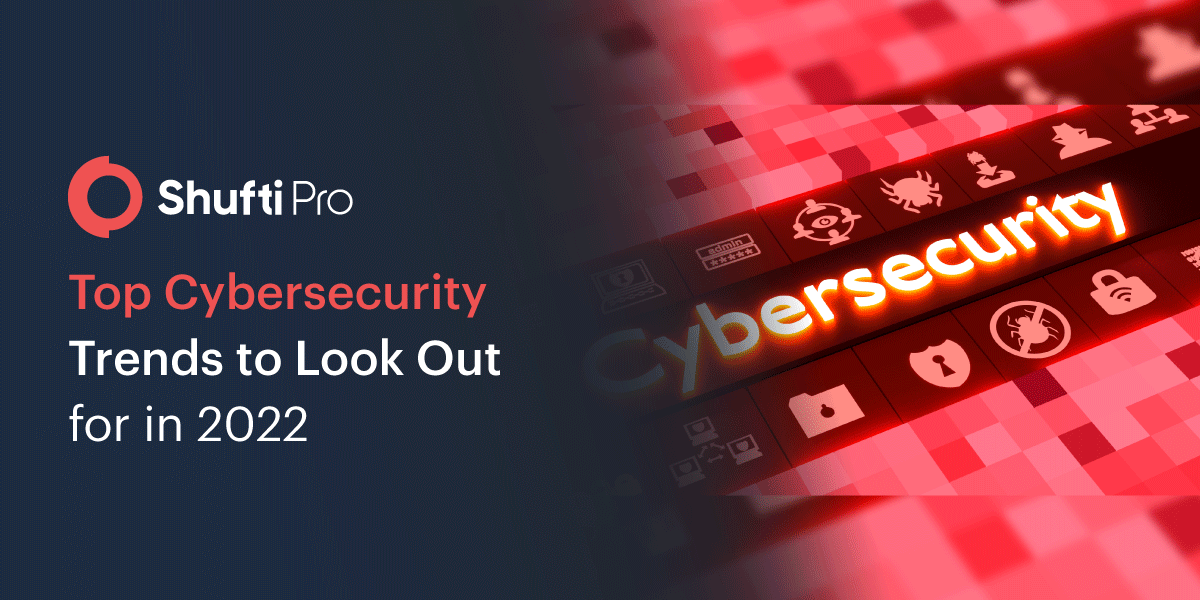 Explore More
Explore More
Blog
From Crypto to Fiat Currency – Secure Exchanges with Transaction Monitoring Solutions
Transaction processes today are launching innovative possibilities for users across the economic ...
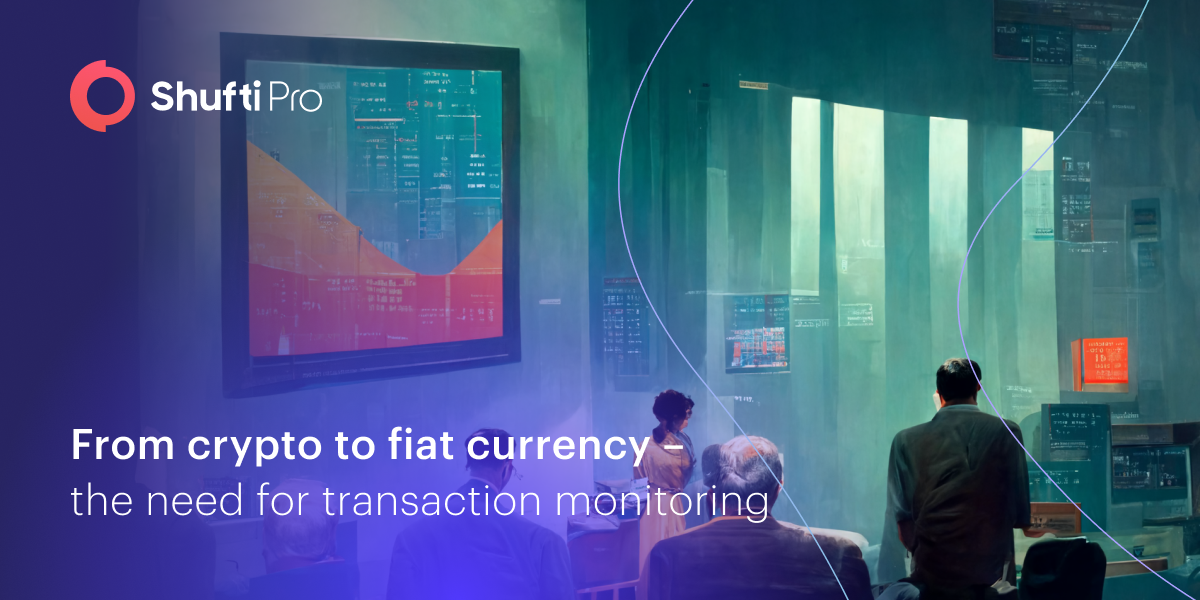 Explore More
Explore More
Blog
Implementation of AML compliance – Challenges and fundamentals
With the advancement in security controls, financial businesses are becoming fraud and stress-fre...
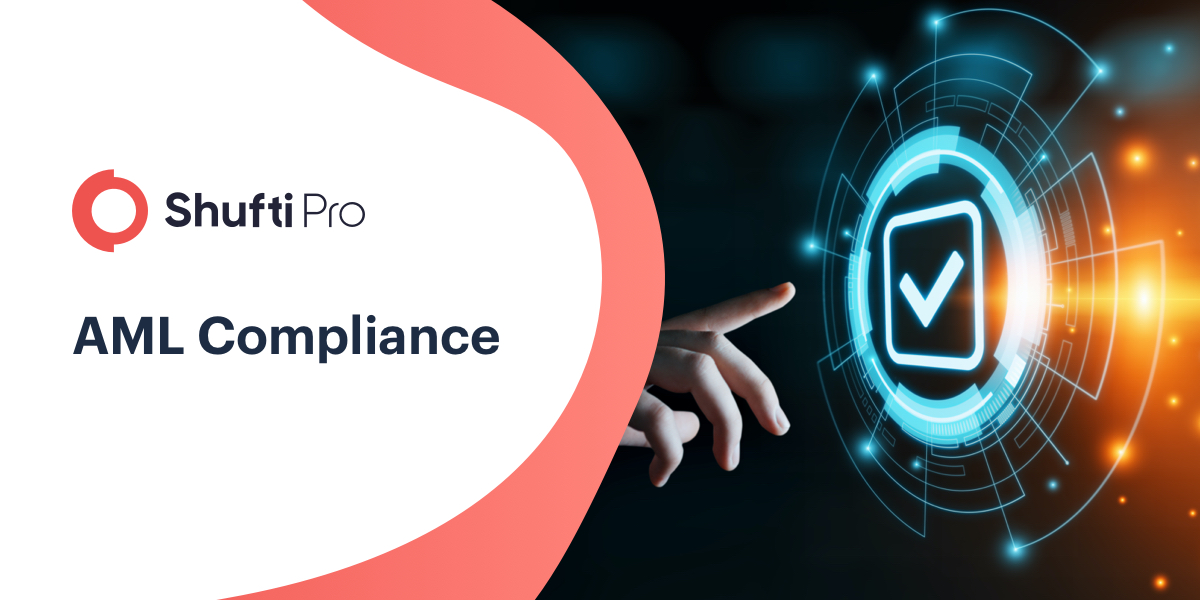 Explore More
Explore More
Blog
Blockchain and Identity Theft: Potential Challenges and how to Tackle Them
Blockchain has become increasingly popular because of its potential to provide secure transaction...
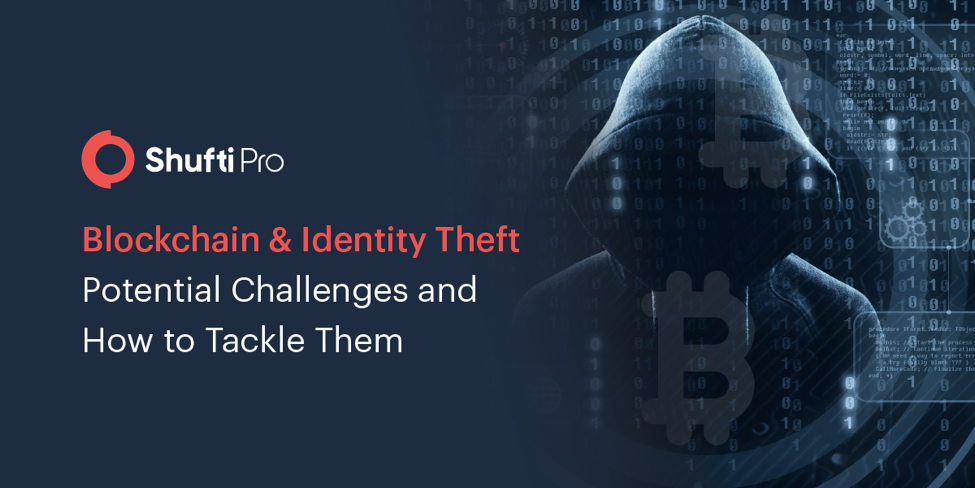 Explore More
Explore More
Blog
OCR in Banking | Automating Data Extraction, Customer Onboarding, and ID Verification
The global Banking and Financial Services Industry (BFSI) is one of the most heavily regulated an...
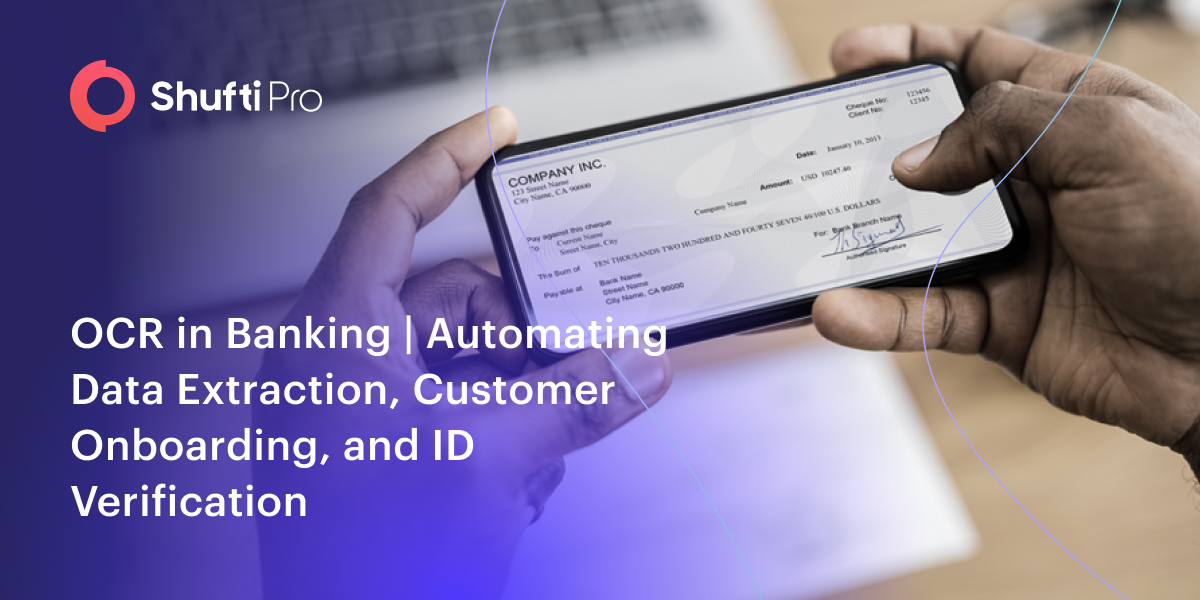 Explore More
Explore More
Blog, Financial Crime / AML
South Korea want Crypto Exchanges to adopt Digital KYC and AML Compliance
South Korea is soon going to adopt regulatory measures to bring in crypto exchanges under regulat...
 Explore More
Explore More
Blog
Addressing Business Challenges Using OCR Scanner
OCR text recognition is similar to how humans process and store information through reading. The ...
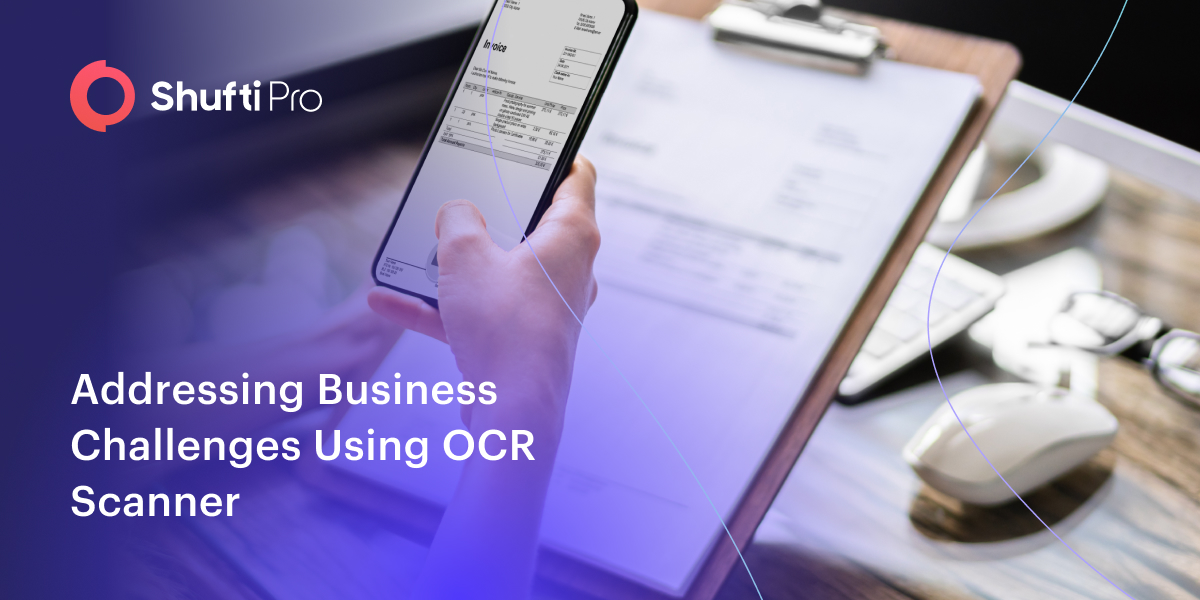 Explore More
Explore More
Blog
On-Premises Identity Verification – A Solution to Prevent Data Breaches
From virtual modes of communication to digitised solutions for operating efficiently, the perks o...
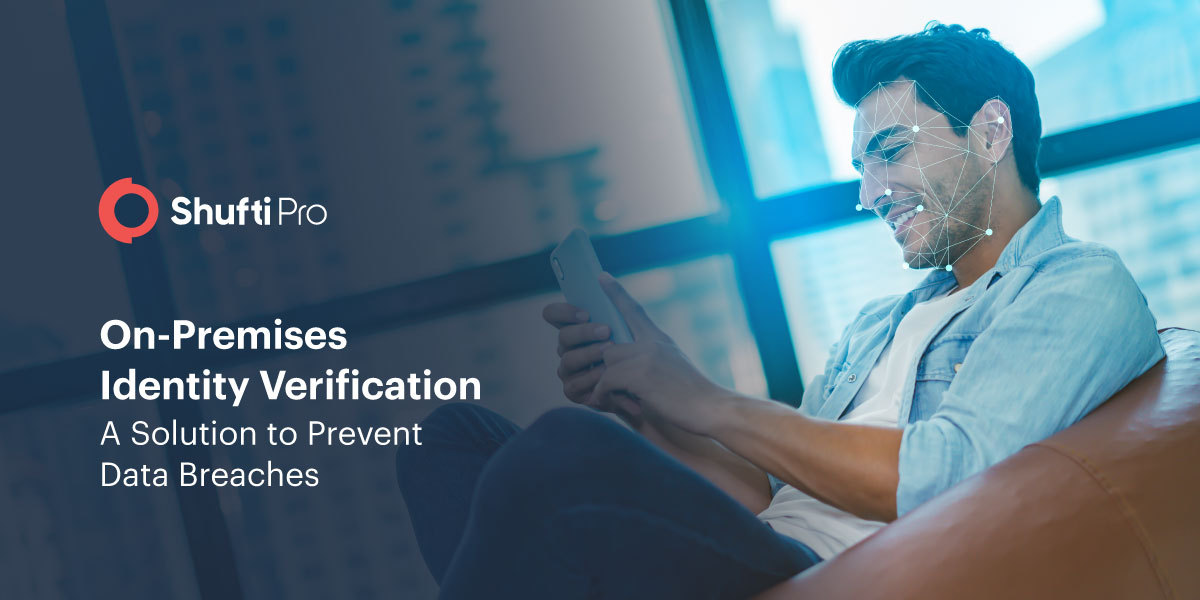 Explore More
Explore More
Blog
Smart Growth in Uncertain Times: Powered By Shufti
Just five years ago at the onset of the COVID-19 pandemic, the global economy was struck by the h...
 Explore More
Explore More
Blog
The Vital Role of AML Compliance for P2P Lending
Archiac banking traditions saw loan applicants held in suspense, waiting for lengthy periods of t...
 Explore More
Explore More
